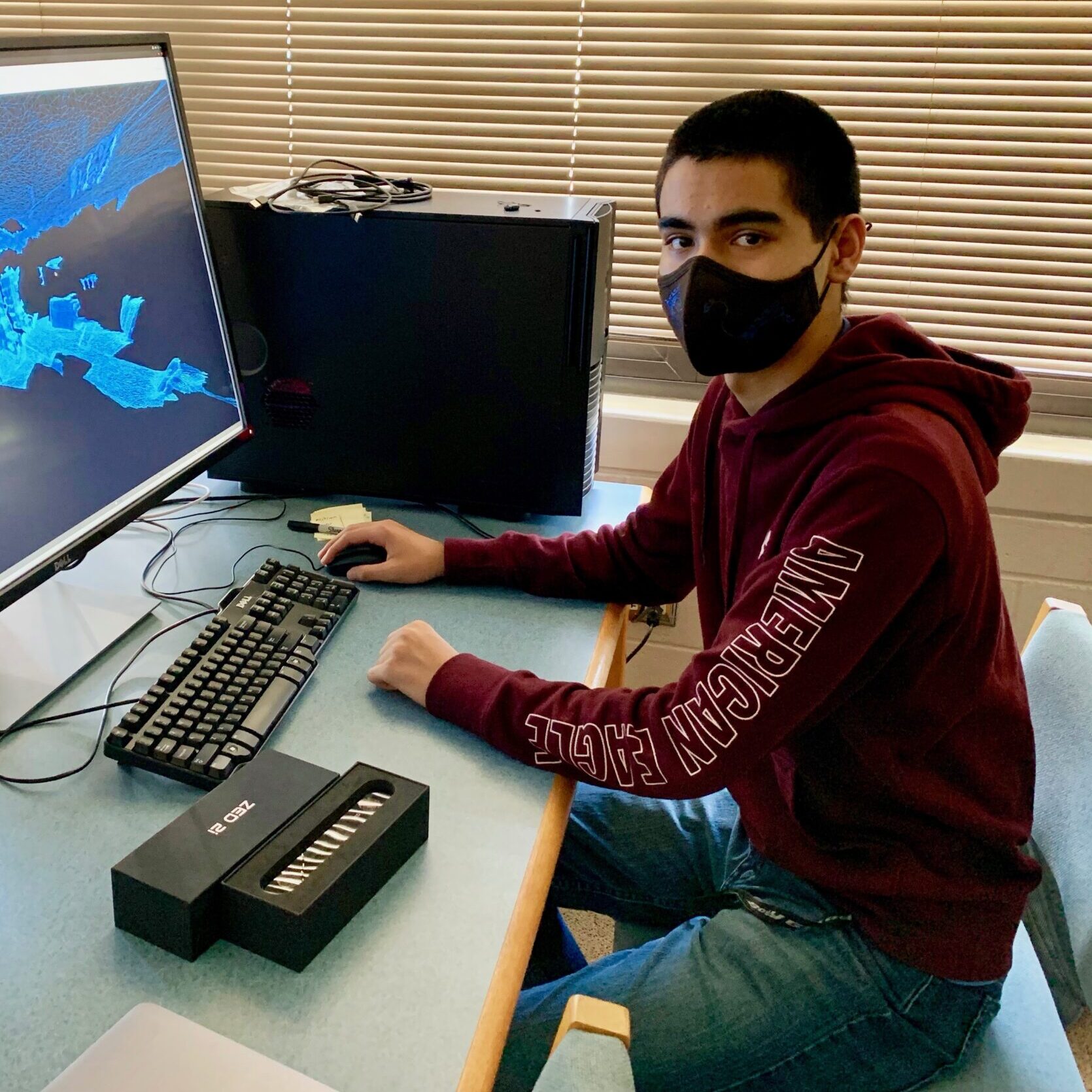
Born and raised in Hilo on Hawaii Island, Zayden graduated from Kamehameha Schools Hawaii in 2020 and is currently studying Mechanical Engineering at the Colorado School of Mines. During his time in high school, he dedicated much of his time as a steersman in both summer and fall outrigger canoe paddling seasons. He was also a member of the Kamehameha Schools Bowling team, Math League team, National Honor Society, and Japanese Club. Zayden enjoys anything pertaining to the ocean as well as tinkering with Lego and Transformers toys. He aspires to one day become an engineer and apply his skills to solve problems affecting the ocean and his community.
Home Island: Big Island
Institution when accepted: Colorado School of Mines
Akamai Project: Modeling the UH 2.2m Observatory with Photogrammetry Techniques
Project Site: Institute for Astronomy (IfA) – Hilo, Hawai‘i Island HI
Mentor: Luke McKay
Project Abstract:
The University of Hawaii’s 2.2 meter telescope requires maintenance and repairs to maintain functionality and maximum observation time. On-site engineering crews and experts work closely with remote personnel or other observatories to maintain the telescope efficiently, however, various complications make communicating a situation to remote members difficult. There are limited present-day plans/drawings of the telescope components and facility, mainly original drawings that date from the 1960s. To remedy this problem and further streamline this collaboration process at the summit, we first investigated various cost-effective methods of modeling the facility, with the objective of creating a virtual, up-to-date reference of the telescope. One method utilized a ZED stereoscopic camera and its AI-based depth sensor module to mimic laser-scanning techniques to generate a 3D model of the facility in real time. Another method we explored utilizes photogrammetric techniques of collecting large data sets of images of the building (with the ZED and possibly with rigged Canon cameras), thus allowing third-party programs to render an offline (and highly customizable) model of the building from a derived point cloud. I selected and implemented the latter method to collect hundreds of images of the facility per site visit to later render, accounting for lighting, possible points of interest, and other previously overlooked factors. Through this iterative process, we resulted with documented data/instructions of this technique, as well as several models of increasing quality. The result allows for future iterations of this method with better equipment or for possible uses at other sites.